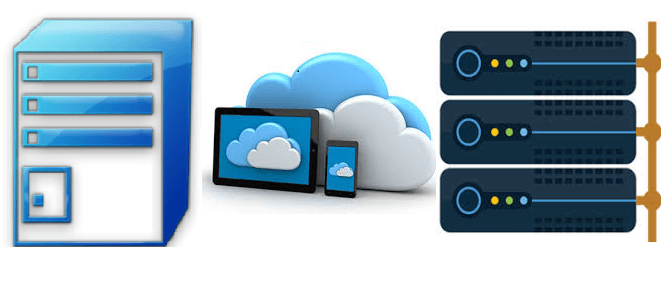The term Cloud computing is not new. It appeared in the 1960s when there was a need to store data in a centralized hub while using it from a screen terminal to retrieve, modify and save it. Then, the development of client-server and the PC industry induced more independence of the computer systems which made the Cloud usage to fade away.
In 2006, at the Search Engine Strategies Conference, Eric Schmidt, then the CEO of Google mentioned the term Cloud computing explaining that internet companies such as Google, Yahoo, eBay, Amazon start with the assumption that the data and the infrastructure resides on the servers and the clients can be anywhere they choose and any client whether a Mac, PC or mobile device can access these servers.
The term is more used now with the boost of social media and other applications that enhance your life which requires more power to run or more space to store data, such as images. Now it is the time to expand the applications created in the Cloud. So far the Cloud computing has resolved the question of accessing applications from any location running any operating system on your device.
Currently, the Cloud trending is to provide PaaS, Platform-As-a-Service, where the users including those in the applications development do not have to deal with the underlying software features to create new products and services. They would be able to create various apps in the Cloud, using its infrastructure, tools, and systems, run and deploy these apps that will ultimately run from any type of device with access to the Cloud and from any location.
From start until now the internet companies used the Cloud as static to build apps for the need of many. With the development of the more complex, secure and more scalable Cloud, the apps will be developed at the pace of business, and be able to respond in real-time to the dynamic requirements of present business.

